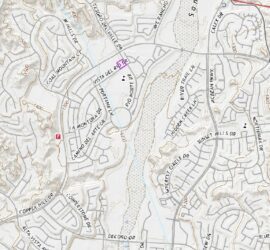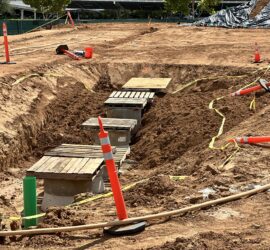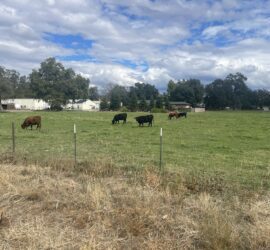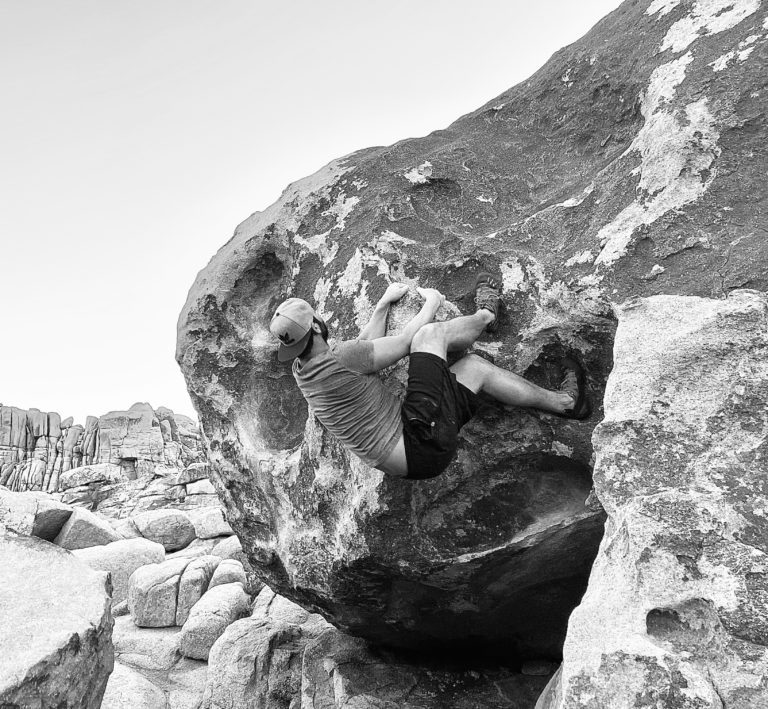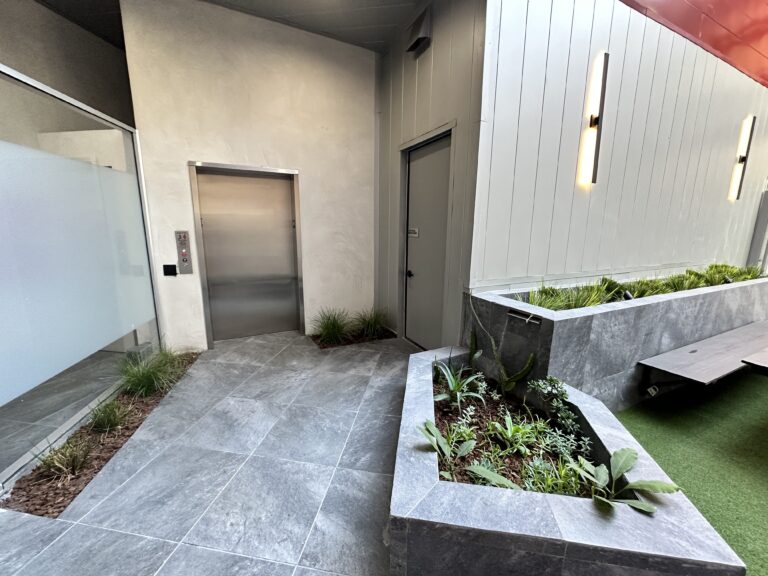What is a Phase II ESA in Real Estate Due Diligence?
The term “Phase II ESA” is short for Phase II Subsurface Investigation. It is an environmental due diligence report that typically follows the Phase 1 Environmental Site Assessment process when recognized environmental conditions are apparent. During the commercial real estate due diligence period, this assessment comprises a direct sampling of subsurface materials, to test for contamination. And the work is generally under the supervision of professional geologists and engineers with State certifications. In fact, sometimes toxicologists also assist to provide human health risk evaluations with respect to contamination issues. In addition to laboratory data, Phase II ESA reports generally include site maps, as well as geophysical survey, and radar data. Updated August 31, 2023.
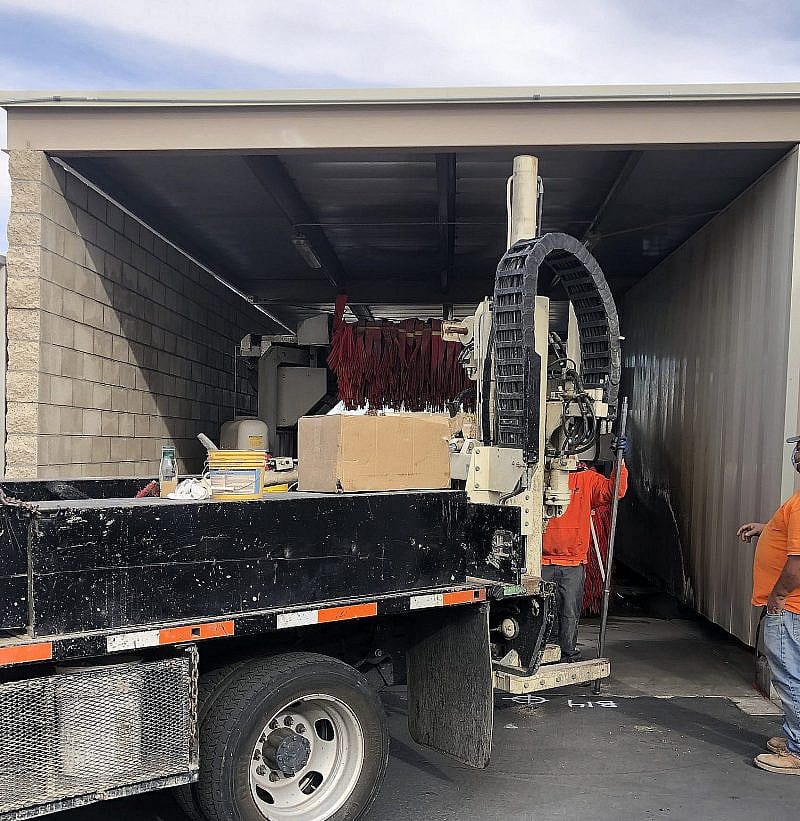
The Objective
Environmental Due Diligence is a critical process that typically warrants an investigation for decision-making and legal liability protection. The primary objective of a Phase II ESA is to determine whether contamination exists in the subsurface. This includes sampling the soil gas, soil, and groundwater underlying a property. And testing locations are strategic, as a result of the recognized environmental concerns deriving from a Phase I Site Assessment Report.
The Phase II ESA Seekers
Depending on the conclusions and recommendations of a Phase I Site Assessment Report, a Phase II Environmental Site Assessment may be necessary. However, parties typically request a Phase II ESA simultaneous to the Phase 1 ESA at higher-risk properties. For instance, gasoline service stations or dry cleaners. This request allows parties to gain a comprehensive understanding of contamination risk quicker.
Requirements of the Investigation
Phase II ESA scopes are solely on the basis of site-specific information. This is because variable site conditions can play a huge role in the designing of a proper Phase II Environmental Site Assessment. For instance, depth to groundwater, type of soil, and regional land use impact the method of sampling methodologies. And therefore, the costs and analysis are subject to modification as well. And a professional geologist or engineer must be the ultimate strategist behind the scope. Moreover, all work must be in accordance with the ASTM E1903 Standard Guide for Environmental Site Assessments.
The Phase II ESA Process
The general scopes of work vary from site to site and depend on local geology, chemicals of concern, job-site history, and areas of concern. The scopes of work designed by Geo Forward are intended to meet all the legal requirements and standards. The Geo Forward team is highly experienced with modern drilling methodologies and discrete sampling technology.
Sampling Media & Methods
Depending on site-specific characteristics, these reports can include testing of soil, soil-gas, and groundwater. Many projects also require a geophysical survey to identify the precise location of underground tanks and utility lines.
Professional Consultations
Professional consultations can help provide more information about environmental due diligence for real estate transactions. For more about the Phase II Subsurface Investigation process, call (888) 930-6604 and speak with a professional geologist or engineer.


